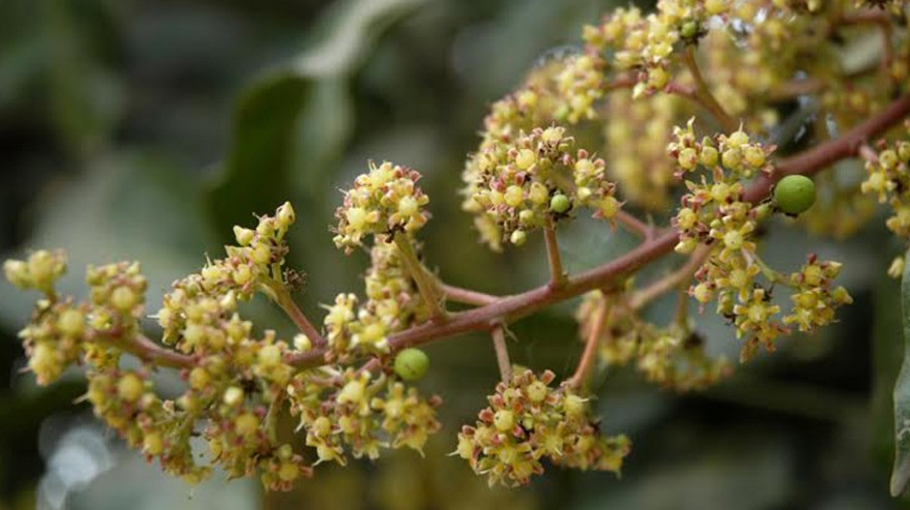Mango trees start blossoming in Rajshahi
Bumper mango harvest expected

With the dipping of mercury during the last leg of the winter season, buds of mangoes have started to sprout on thousands of trees in Rajshahi district.
The low day temperature, no rainfall with a dewy night indicate a huge flowering on mango trees as well as a bumper production of the sweet, delicious fruit.
According to sources, there are over three million mango trees in the Rajshahi region and all of those trees are expected to blossom within the next one month or so. An excellent production of this most popular fruit of the region is also expected during the coming season if a suitable climatic condition prevails till its harvesting period.
Dr Alim Uddin, Principal Scientific Officer of Fruit Research Station (FRS) informed, “The prevailing climatic condition is favourable for the blossoming of mango buds. Hundreds of thousands of mango trees are waiting to be blossomed within the next one and a half-month and already some trees have started to blossom in the district.”
It is learnt, the flowering in mango trees begins from the mid-January and continues till mid-March. Every year new mango orchards, especially with the varieties of Amrapali, BARI mango-3 and 4 are increasing in the district, said agriculturists.
Though Naogaon district is known as famous for paddy cultivation for a long time, the cultivation of mango trees and production is increasing rapidly during the last couple of years.
DAE sources in Rajshahi informed, Chapainawabganj still has the highest amount of land covered by mango orchards, but cultivation and production of mango in Naogaon district is increasing rapidly for the last one decade and would surpass the production of mango compared to Chapainawabganj district.
Mango farming is not only increasing, but it is also changing as well. Instead of creating and nurturing the trees of the mango orchards for a hundred years or more, farmers are now targeting only a 10-year period for cultivation of mango in their fields.
“Earlier, only 10 mango trees were being planted in one bigha of land, but in the new farming method, farmers can plant up to 200 trees in the same space,” said Abdul Hamid, a mango farmer of Godagasri upazila of Rajshahi.
“These trees will bear fruit for 10 years or less, and then we have to uproot them and replant,” he explained.
Meanwhile, around 25 to 30 percent mango trees have already sprouted in Rajshahi and Chapainawabganj districts. Rest of the trees are expected to sprout by next two months, he added.
The number of mango trees has been increasing in the region for the last couple of years. Mango, the leading seasonal cash crop of the northwestern region, vitalizes the overall economy of Rajshahi, Naogaon and Chapainawabganj districts.
After witnessing the present climate condition, both the growers and the officials are very much optimistic about high yield of the seasonal fruit this year.





